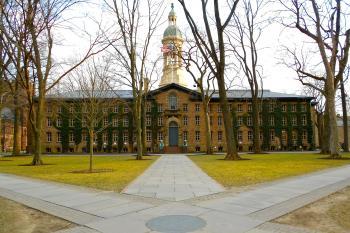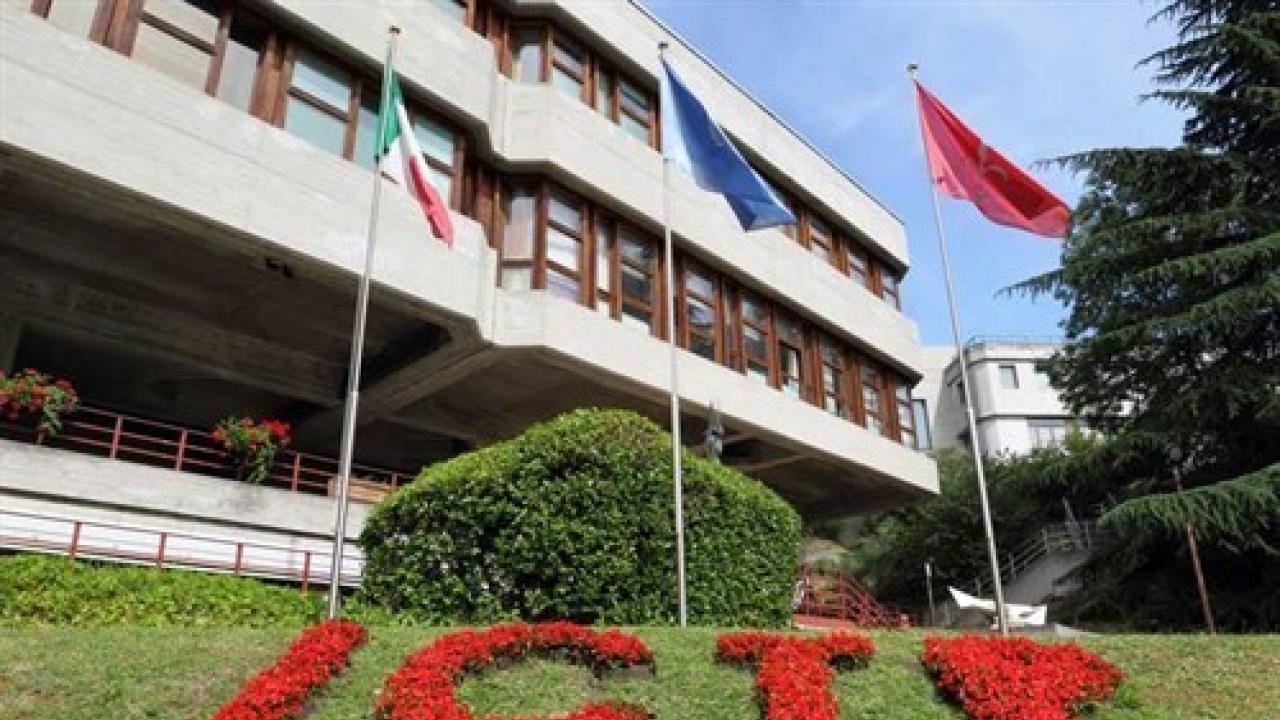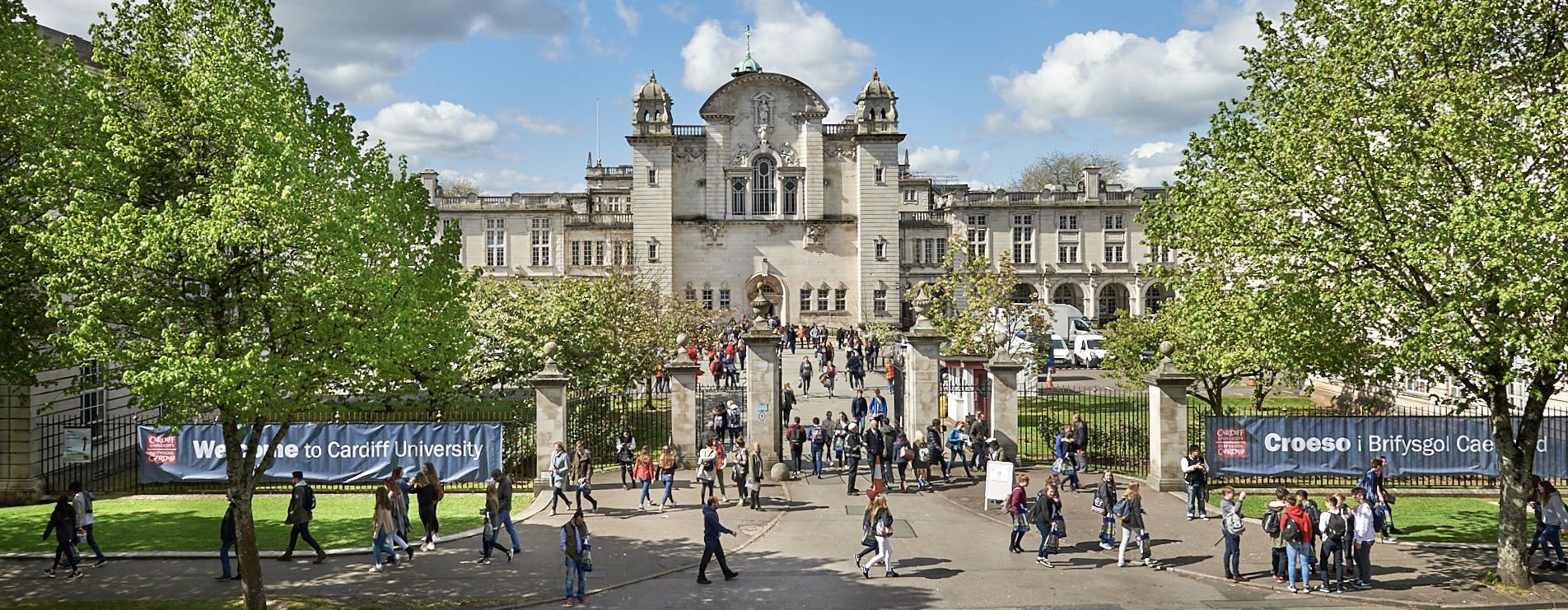Analysis, Spectra, and Number Theory
Date: 15 - 19 December 2014
Location: Princeton University and the Institute for Advanced Study
Event type: Conference
Organisers: Percy Deift (NYU), Stephen D. Miller (Rutgers), Michael Rubinstein (Waterloo), Kannan Soundararajan (Stanford), Richard Taylor (IAS), Akshay Venkatesh (Stanford), Shouwu Zhang (Princeton)
The conference will focus on analytic number theory, with emphasis on its many relationships with analysis and spectral theory. Topics to be highlighted include arithmetic quantum chaos, analysis of families of L-functions, arithmetic statistics, and connections with ergodic theory. It will include a problem session to suggest future directions for the field.
The last several decades have seen a number of surprising and useful connections between analytic number theory and other topics, especially analysis and spectral theory. As a few examples:
- The spectrum of the Laplacian operators on the modular surface has become a basic tool of analytic number theory; more recently, spectra of higher rank locally symmetric spaces are beginning to play an important role also.
- Arithmetic quantum chaos, the study of classically chaotic Hamiltonians that commute with a large family of Hecke operators, has led to a new frontier of interaction with ergodic theory.
- The conjectural relationship between families of L-functions and random matrix theory has led to new discoveries on both sides. These include results concerning the statistics of zeros of L-functions, the value distribution and moments of L-functions, new approaches to understanding difficult combinatorics that connect these statistics with random matrix statistics, and recent insights from function fields.
- The sum-product phenomenon interacts (via expansion and the affine sieve) with both classical problems of analytic number theory and modern questions about expander graphs.
- Arithmetic statistics is a new subfield of analytic number theory; it is built on ideas from the classical geometry of numbers, invariant theory, and also algebraic geometry (in the function field case).
This conference is being organized in honor of Peter Sarnak on the occasion of his 61st birthday.
CMI Enhancement and Partnership Program
Related events
See all events
New Methods in Evolution Partial Differential Equations
Princeton University

Fundamental Geometries
SAIS-JHU Bologna

International Conference on Complex and Differential Geometry
ICTP

British Mathematical Colloquium
Cardiff University